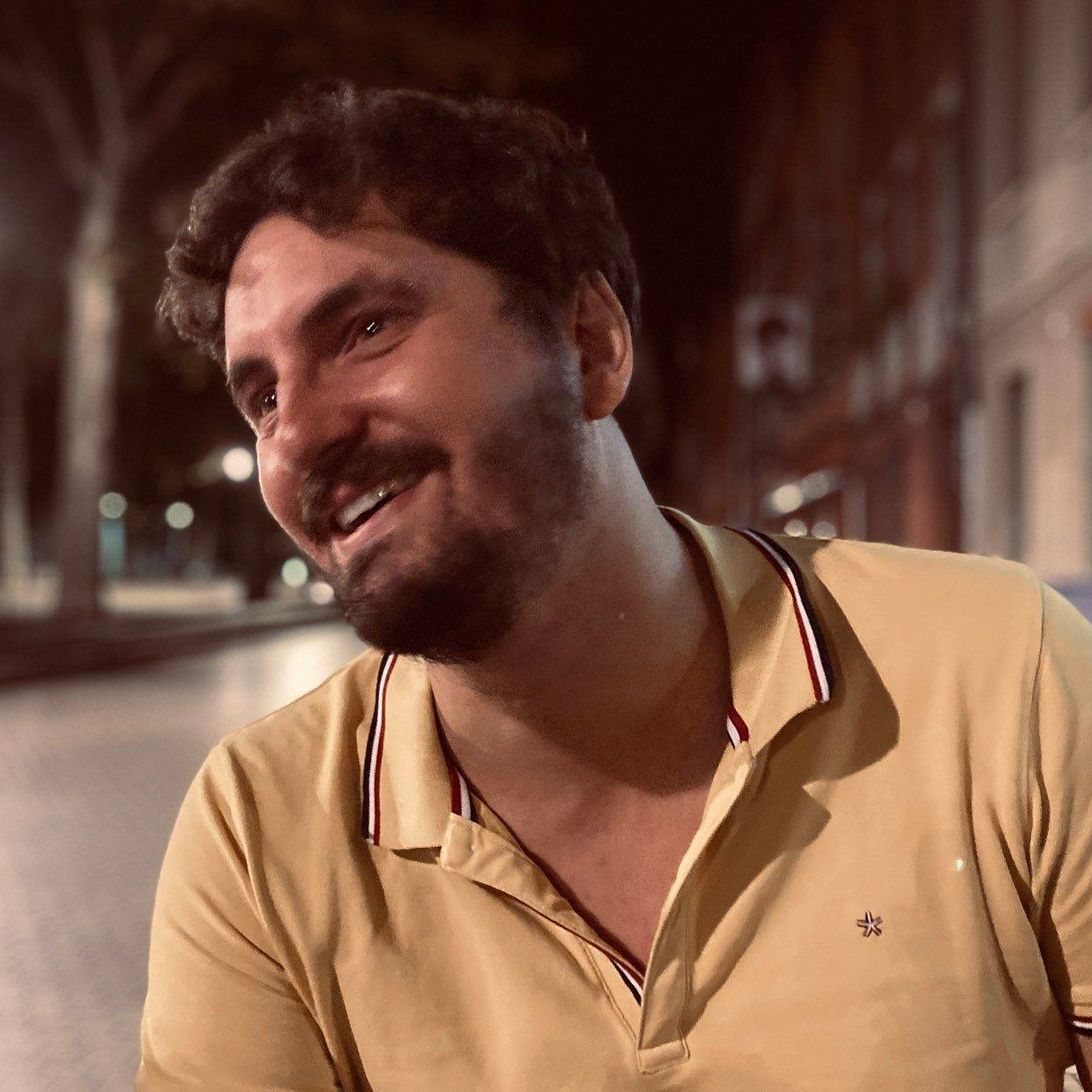
Olivier Liot (INPT, Institut de Mécanique des Fluides de Toulouse) xill present his work on (Bio)clogging: from colloids to yeasts.
Abstract
The accumulation of particles in a porous media is a complex process which involves physico-chemical, steric and hydrodynamic interactions. The clogging phenomenon may occur in inkjet printers or numerous other applications such as wastewater membrane filtration. While the fouling of a membrane at the macroscopic scale is well understood, the investigations at the pore scale started only one decade ago (Dressaire & Sauret, 2017). Recent works have used model microchannels to study the effect of different parameters, such as ionic force or Péclet number on the clogging of pores at the micrometer scale (Wyss et al., 2006, Dersoir et al. 2015). In this context, this work aims at describing and understanding (i) the microstructure of one clog and (ii) clog relaxation after hydrodynamic forcing release.
When the suspended particles are biological objects, new mechanisms can affect clogging dynamics: mechanical properties, specific inter-particle adhesion mechanisms, biological activity (division, nutrient consumption, death). Most natural suspensions contain biological objects such as bacteria or yeasts but there is no study about bioclogging with proliferating cells. The second part of this seminar will focus on new studies based on clogging of microfluidic devices with a suspension of S. cerevisiae, which is a well-described and easy-to-use biological object. We will see how cell proliferation dramatically affects the clog (poro)mechanics and structure.


